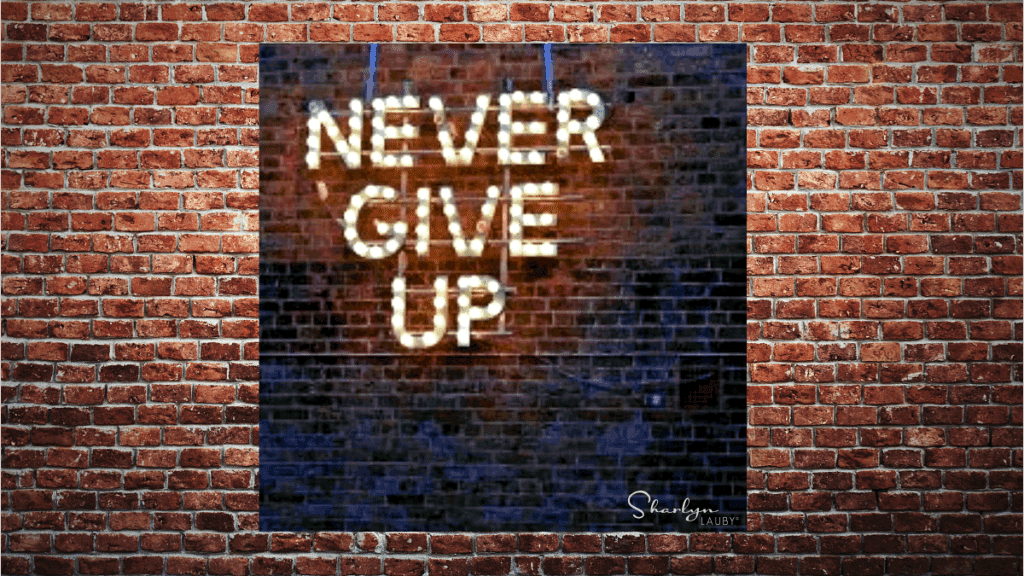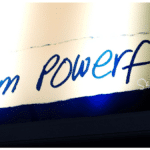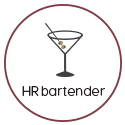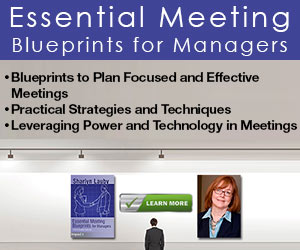Estimated reading time: 4 minutes
Resilience is defined as “the ability to recover or adjust from challenges or change”. Last year, I talked with Simon T. Bailey about resilience and his book “Resilience@Work: How to Coach Yourself into a Thriving Future”.
I was reminded about Simon and our conversation about resilience after seeing a recent press release from the research firm McClean & Company on the topic of building a resilient HR organization. According to their 2025 HR Trends report 36% of human resources professionals are experiencing higher stress levels and 68% said they face challenges that prevent them from meeting key priorities.
As we’re approaching the end of the year, this could be a good time for HR teams to conduct some form of self-assessment on how resilient they feel they are and discuss strategies for the future. McLean & Company does offer tools for HR departments to use in developing resilience techniques.
Personally, one of the activities that I like to use to build my resilience is a three-question survey.
- Describe a time when you felt you were your most productive. And think about all the things that helped achieve it. For example, what was your work environment like, did you have a specific schedule, were you using a particular software or technology, what was your boss like, etc. Even include your personal life. Were there things about your home life that helped you be more productive at work?
- Next, describe a time when you felt you were your least productive. And think about all the things that contributed to it. Don’t just say, it was the opposite of your most productive answer. List those things that kept you from doing your best work. If you need to include aspects of your personal life, then consider that as well.
- Now, evaluate where you are right now. Create a scale with most productive on one end and least productive on the other. Plot where you are right now. Think about what it would take to move you closer to your most productive. And think about how you might share this information with your manager. If you’re a manager, is it possible to have your employees do this activity and then ask them to share with you what it would take to help them be more productive.
For me, resilience is about understanding the conditions to do your best work. Of course, that doesn’t mean that every day will be perfect. Change is always happening. But if we don’t identify those things that help us do our best work, then will we be able to effectively adjust when changes happen?
An example for me was when I started consulting and working from home. I tried to duplicate exactly what I did when it went into the office. And I made myself miserable. So, I spent time thinking about what I liked about working in the office … and tried to create those things. I also spent time thinking about what I didn’t care for … and tried to minimize those. That activity helped me create the work environment that allowed me to do my best work. Over the years, changes in equipment and technology have allowed me to become even more productive.
Building resilience isn’t a one and done activity. Challenges and changes will always be around us. By understanding the conditions, we need to do our best work, we can put ourselves in a position to create that environment. Not just on an individual level. Organizations can use this feedback to create teams that will be resilient as well.
Image captured by Sharlyn Lauby while exploring the streets of London, England




